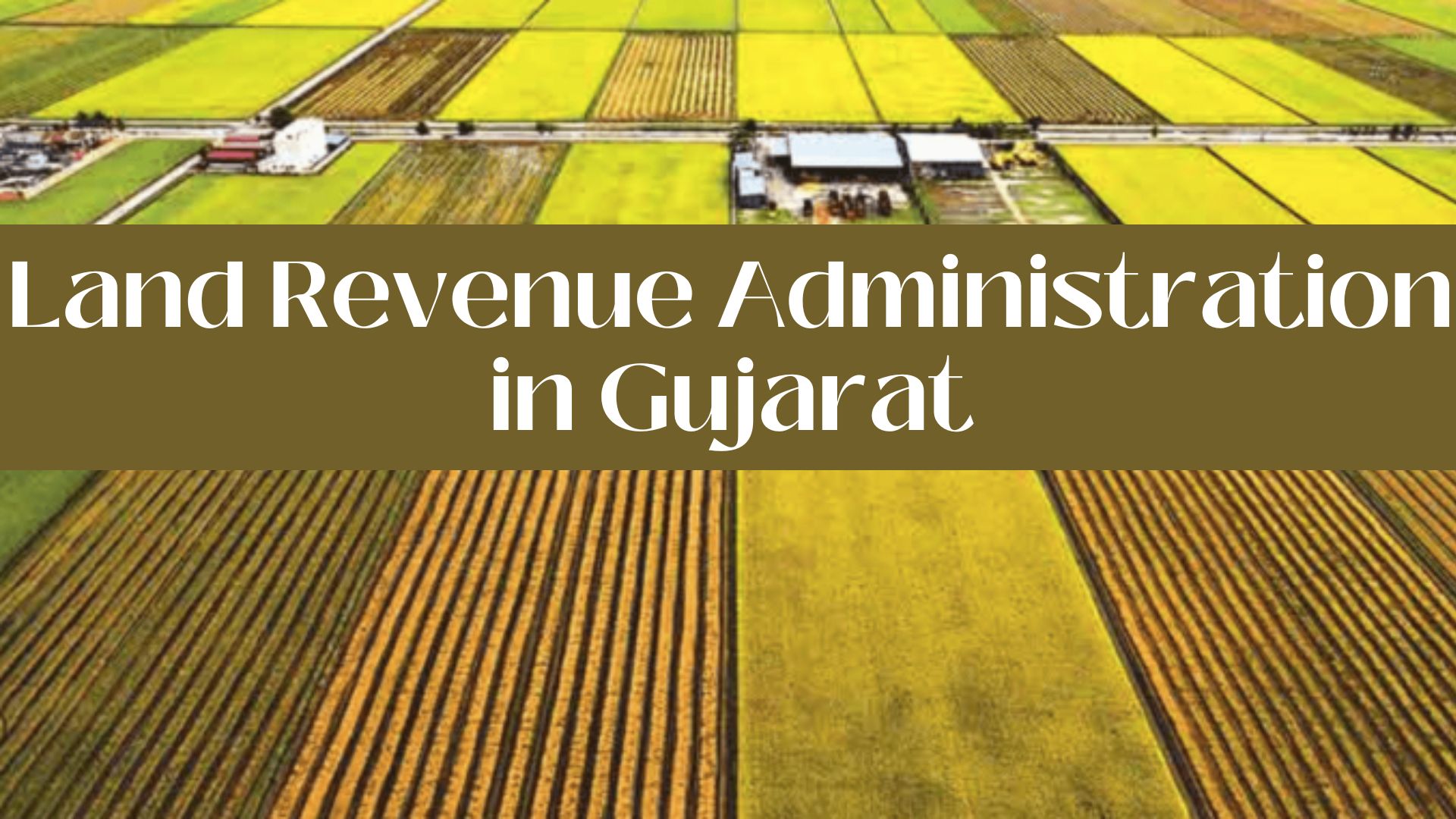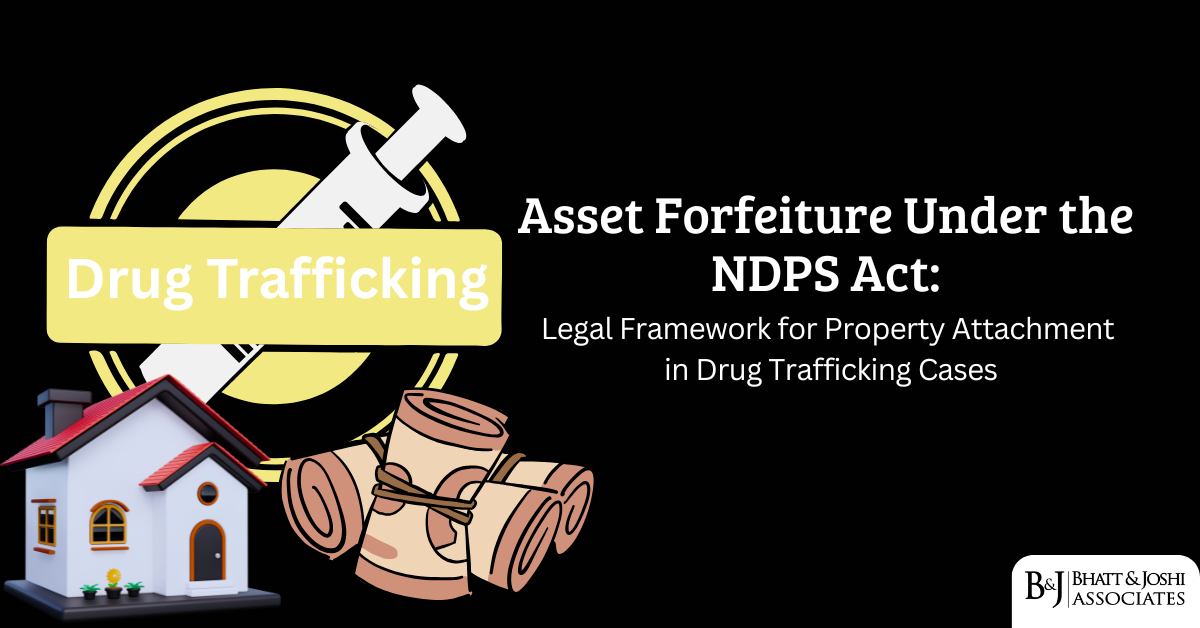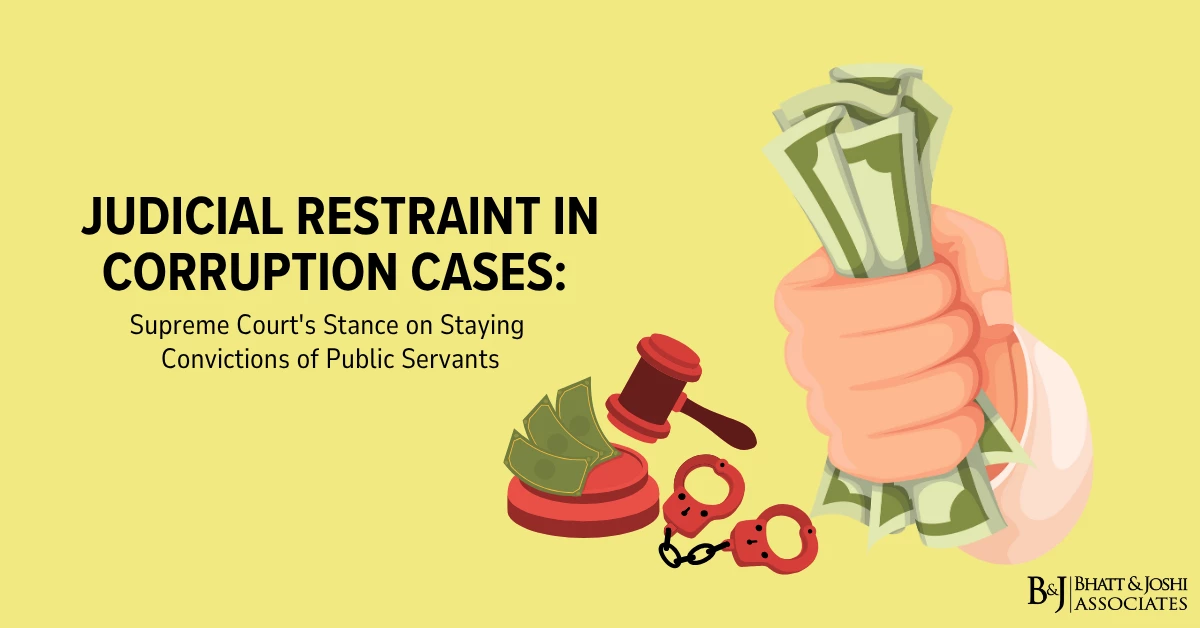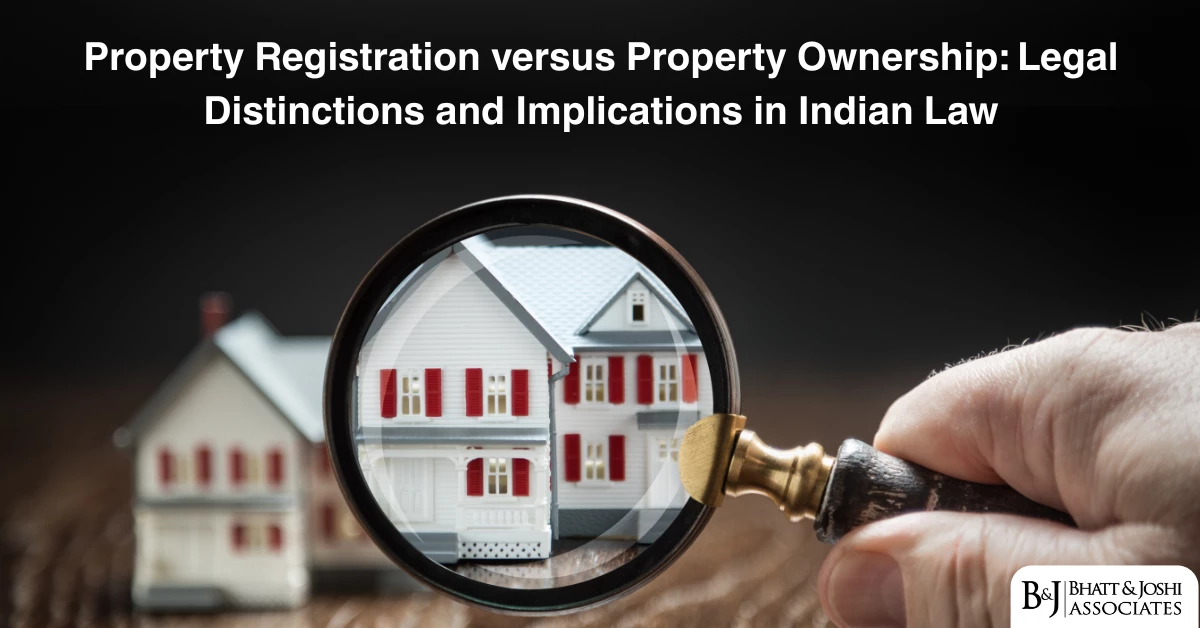Introduction
Land revenue administration represents a fundamental pillar of governance in Gujarat, encompassing a sophisticated framework that has evolved through centuries of administrative refinement. This system extends beyond mere revenue collection to embrace broader aspects of land management, property rights protection, and rural development coordination. In Gujarat, where approximately 58% of the population depends on agriculture for their livelihood, the land revenue administration system serves as the primary interface between governmental revenue machinery and the farming community [1].
The Gujarat land revenue administration system operates within a complex legal framework governed primarily by the Gujarat Land Revenue Code, 1879, which has undergone numerous amendments to accommodate changing administrative requirements while maintaining its core principles of grassroots revenue administration [2]. This system encompasses various stakeholders, legal frameworks, and documentation procedures that collectively ensure transparent, efficient, and equitable land management across the state.

Historical Development and Evolution
Pre-Colonial Foundations
The foundations of Gujarat’s land revenue system trace back to pre-colonial times when feudal structures dominated land administration. Local chieftains and rulers maintained autonomous control over revenue collection, typically accepting payments in kind rather than cash. These early systems, while decentralized, lacked standardization and often resulted in arbitrary taxation practices that varied significantly across different regions.
The Mughal Transformation: Implementation of the Zabt System
The most significant transformation in Gujarat’s land revenue history occurred during the Mughal period with the introduction of the Zabt System by Raja Todar Mal, Akbar’s finance minister. This revolutionary system, also known as the Dahsala System, was first implemented in Gujarat in 1573 when Raja Todar Mal was appointed as Diwan of Gujarat [3]. The Zabt System brought systematic land classification, standardized revenue collection, and emphasized cash payments over traditional kind-based transactions.
Raja Todar Mal conducted extensive surveys of crop yields and prices over a ten-year period from 1570 to 1580, establishing the foundation for scientific revenue assessment [4]. Under this system, land was classified into four categories: Polaj (regularly cultivated land), Parauti (land left fallow to regain productivity), Chachar (land left uncultivated for 3-4 years), and Banjar (barren land) [5]. The state’s share was typically fixed at one-third of the average produce, calculated based on the ten-year average yield assessment.
The Zabt System introduced uniform land measurement using the bamboo jarid method, replacing unreliable rope measurements with bamboo pieces connected by iron rings for enhanced accuracy [6]. This standardization ensured fairness in assessment and reduced opportunities for corrupt practices by revenue officials.
British Colonial Reforms and F.G.H. Anderson’s Contributions
The British colonial period marked another transformative phase in Gujarat’s land revenue administration. The introduction of the Permanent Settlement System and later the Ryotwari System fundamentally altered the relationship between the state and landholders. During this period, F.G.H. Anderson, a British civil servant, made significant contributions by developing standardized Village Forms in 1914 that laid the foundation for structured land revenue administration [7].
Anderson’s work, documented in his “Manual of Revenue Accounts of the Villages, Talukas and Districts of the Gujarat State,” established systematic procedures for maintaining revenue records and introduced the village forms that continue to influence Gujarat’s land revenue system today [8]. His reforms emphasized accuracy in record-keeping and established clear protocols for revenue assessment and collection.
Contemporary Legal Framework
The Gujarat Land Revenue Code, 1879
The Gujarat Land Revenue Code, 1879, originally known as the Bombay Land Revenue Code, 1879, serves as the primary legal framework governing land revenue administration in Gujarat [9]. This comprehensive legislation has been amended multiple times, most recently through the Gujarat Land Revenue (Third Amendment) Act, 2019 (Gujarat Act No. 31 of 2019), which incorporated provisions for digital transformation and modernized administrative procedures [10].
The Code establishes detailed provisions for land assessment, acquisition procedures, dispute resolution mechanisms, and the maintenance of revenue records. Section 135C and Section 135D of the Code specifically mandate the procedures for mutation entry and record maintenance, establishing the legal foundation for the Talati’s critical functions in revenue administration [11].
The Code also provides for land classification based on agricultural productivity and usage, establishing different assessment rates for various categories of land. These provisions ensure that revenue assessment reflects the actual productive capacity of the land while maintaining fairness across different agricultural zones within the state.
Gujarat Land Revenue Rules, 1972
Complementing the primary legislation, the Gujarat Land Revenue Rules, 1972, provide detailed operational guidelines for implementing the provisions of the Gujarat Land Revenue Code [12]. These rules have been regularly updated, with the most recent amendments made through Notification No. GHM/2021/86/M/BKP/102018/484/K, dated June 25, 2021, to incorporate technological advancements and streamline administrative procedures.
The Rules specify procedures for various revenue operations including mutation processing, land conversion applications, and dispute resolution mechanisms. They also establish time limits for different administrative actions and prescribe penalties for non-compliance with revenue requirements.
Administrative Structure and Key Officials
The Role of Talati in Revenue Administration
The Talati, serving as the village-level revenue officer, represents the cornerstone of Gujarat’s land revenue administration system. The position derives its name from the Gujarati word meaning “village accountant,” reflecting the official’s primary responsibility of maintaining accurate records of land ownership, cultivation patterns, and revenue collections [13].
The Talati’s responsibilities encompass multiple critical functions including the maintenance of Village Form No. 6 (mutation register), Village Form No. 7/12 (land ownership and cultivation records), and Village Form No. 8A (land register). These officials serve as the primary interface between the government’s revenue machinery and individual landholders, ensuring that all changes in land ownership, tenancy arrangements, and cultivation patterns are properly documented and legally recorded [14].
The legal authority for Talati functions derives from Sections 135C and 135D of the Gujarat Land Revenue Code, which mandate that “the village accountant shall enter in a register of mutations every report made to him under section 135C or any intimation of acquisition or transfer of any right of the kind mentioned in section 135C received from the Mamlatdar or a Court of Law” [15]. This provision establishes the Talati’s role as the custodian of authentic land records at the village level.
Recent recruitment for Revenue Talati positions demonstrates the continued importance of this role, with the Gujarat Subordinate Service Selection Board (GSSSB) announcing 2,389 vacancies for Revenue Talati positions in 2025, requiring candidates to possess bachelor’s degrees with computer knowledge and proficiency in Gujarati or Hindi languages [16].
Mamlatdar and Collector: District-Level Oversight
At the taluka and district levels, the Mamlatdar and Collector provide supervisory oversight and handle complex revenue matters that exceed the Talati’s jurisdiction. The Mamlatdar, responsible for taluka-level administration, oversees multiple Talatis and ensures consistent application of revenue laws and procedures across villages within their jurisdiction.
The Collector, as the senior-most revenue official at the district level, possesses extensive powers including land acquisition authority, complex dispute resolution, and coordination with state-level revenue authorities. These officials ensure that the revenue administration system operates efficiently while maintaining compliance with legal requirements and policy directives from the state government.
Revenue Records and Documentation System
Village Forms: The Foundation of Land Records
The revenue records system in Gujarat centers around various Village Forms that serve as the authoritative documentation of land ownership, usage, and revenue obligations. These forms, standardized during the British period and subsequently refined, provide a detailed account of every aspect of land administration at the village level.
Village Form No. 6 (Mutation Register): This form records all changes in land ownership, tenancy rights, and other interests in land. Often referred to as the “HakkPatrak-6 Register,” it serves as the historical record of all transactions affecting a particular piece of land [17]. Every transfer, inheritance, partition, or other change in land rights must be properly recorded in this form to maintain legal validity.
Village Form No. 7/12 (Paanipatrak): Perhaps the most important document in Gujarat’s land revenue system, Village Form No. 7/12 provides detailed information about land ownership, cultivation patterns, land classification, and revenue obligations [18]. This form includes essential information such as the survey number, land area, classification (irrigated/unirrigated, agricultural/non-agricultural), owner’s name, cultivator’s name (if different from owner), and annual revenue assessment.
Village Form No. 8A (Land Register): This comprehensive register contains detailed information about all lands within a village, including ownership patterns, land use classifications, and revenue assessments. It serves as the master record for land administration and provides the foundation for all other revenue documentation [19].
Digital Transformation: AnyRoR Portal
Gujarat has embraced digital transformation in land revenue administration through the AnyRoR (Any Records of Rights Anywhere) portal, which provides online access to land records for both rural and urban areas [20]. This initiative, part of the broader e-Dhara Land Records Management System, has revolutionized access to land records by eliminating the need for physical visits to revenue offices for routine record verification.
The AnyRoR portal provides digitally signed Records of Rights (RoR) that are legally valid for official purposes, including property transactions, loan applications, and legal proceedings. Citizens can access various forms including Village Form No. 7/12, Village Form No. 8A, Village Form No. 6, and other relevant land records through this online platform [21].
The system also incorporates provisions for online mutation applications, reducing processing time and enhancing transparency in land record maintenance. However, the portal maintains safeguards to ensure that only verified changes are incorporated into official records, with all mutations requiring proper verification and approval by competent revenue authorities.
Regulatory Framework and Compliance
Land Assessment and Revenue Collection
The Gujarat Land Revenue Code establishes a systematic framework for land assessment based on factors including soil fertility, irrigation facilities, crop patterns, and market accessibility. The assessment process involves periodic revision of revenue rates to reflect changing agricultural productivity and economic conditions.
Revenue collection follows a structured timeline, with specific dates prescribed for payment of land revenue to avoid penalties and interest charges. The Code provides for various relief measures including revenue suspension during natural calamities, crop failure, or other extraordinary circumstances that affect agricultural productivity.
Dispute Resolution Mechanisms
The revenue administration system includes multiple levels of dispute resolution to address conflicts related to land ownership, boundaries, revenue assessment, and other land-related matters. The Talati handles minor disputes at the village level, while more complex matters are referred to the Mamlatdar or Collector based on their jurisdiction and complexity.
The system also provides for appeals against revenue decisions, with clear procedures and timelines specified for filing appeals and obtaining relief. Recent amendments have strengthened these mechanisms by incorporating time-bound disposal requirements and establishing specialized revenue tribunals for efficient dispute resolution.
Modern Challenges and Technological Integration
Digital Record Management
The implementation of the e-Dhara Land Records Management System represents a significant advancement in Gujarat’s revenue administration, providing real-time access to land records while maintaining security and authenticity. This system integrates with various government departments to facilitate seamless service delivery and reduce bureaucratic delays.
The digitization process has also enhanced transparency by making land records accessible to citizens online, reducing opportunities for corruption and manipulation of records. However, the transition requires continuous training of revenue officials and public awareness programs to ensure effective utilization of digital platforms.
Legal Reforms and Modernization
Recent legal reforms, including the Gujarat Land Revenue (Amendment) Act, 2019, have modernized various provisions to accommodate digital transformation while maintaining the essential character of the revenue administration system. These reforms address contemporary challenges including urbanization, changing agricultural patterns, and the need for faster service delivery.
The Gujarat Land Grabbing (Prohibition) Act, 2020, represents another significant legal development that strengthens the protection of land rights and provides effective mechanisms for preventing illegal land grabbing [22]. This legislation creates specialized courts with jurisdiction over both civil and criminal aspects of land grabbing cases, ensuring faster disposal of such matters.
Economic and Social Impact
Agricultural Development and Food Security
Effective land revenue administration directly contributes to agricultural development and food security by ensuring secure land tenure, facilitating access to agricultural credit, and supporting rural development programs. The accurate maintenance of land records enables farmers to access government subsidies, crop insurance, and other support schemes that depend on verified land ownership documentation.
The system also supports agricultural planning and resource allocation by providing reliable data on cropping patterns, land utilization, and agricultural productivity. This information assists policymakers in designing appropriate interventions for enhancing agricultural productivity and rural development.
Rural Governance and Development
Land revenue administration serves as the foundation for broader rural governance by providing the administrative infrastructure for implementing various government schemes and programs. The village-level revenue officials often serve multiple functions, including supporting rural development programs, disaster management, and social welfare initiatives.
The system also contributes to social justice by ensuring equitable access to land records and preventing discrimination in revenue administration. The standardized procedures and transparent record-keeping mechanisms help protect the rights of marginalized communities and small farmers.
Conclusion
Gujarat’s land revenue administration system represents a sophisticated governance mechanism that has successfully evolved to meet changing administrative requirements while maintaining its fundamental objectives of transparency, efficiency, and equity. The system’s strength lies in its multi-tiered structure that combines grassroots-level administration through Talatis with higher-level oversight and coordination through Mamlatdars and Collectors.
The successful integration of digital technologies through initiatives like the AnyRoR portal demonstrates Gujarat’s commitment to modernizing land revenue administration while preserving its essential character. The comprehensive legal framework provided by the Gujarat Land Revenue Code, 1879, and subsequent amendments ensures that the system remains responsive to contemporary challenges while maintaining legal certainty and procedural clarity.
As Gujarat continues to experience rapid economic development and urbanization, the land revenue administration system must continue evolving to address emerging challenges including changing land use patterns, increasing pressure on agricultural land, and the need for faster service delivery. The system’s historical resilience and adaptive capacity provide confidence that it will continue serving as an effective cornerstone of governance in Gujarat.
The ongoing digitization efforts and legal reforms demonstrate the state government’s commitment to maintaining a modern, efficient, and citizen-friendly land revenue administration system that supports both agricultural development and broader economic growth. This foundation will continue supporting Gujarat’s development aspirations while ensuring that the rights and interests of all stakeholders in land-related matters are adequately protected and promoted.
References
[1] Bhatt & Joshi Associates. (2023, September 15). The Role of Talati in Revenue Administration: A Comprehensive Legal Analysis.
[2] Government of Gujarat Revenue Department. (2019). The Gujarat Land Revenue Code, 1879 (Act No. V of 1879) [Amended by the Gujarat Land Revenue (Third Amendment) Act, 2019]. Retrieved from https://revenuedepartment.gujarat.gov.in/acts/the-bombay-land-revenue-code-1879
[3] Wikipedia. (2025, April 23). Dahsala system. Retrieved from https://en.wikipedia.org/wiki/Dahsala_system
[4] Prepp.in. (2022, July 11). Land Revenue System of Mughal Empire of Akbar – Medieval India History Notes. Retrieved from https://prepp.in/news/e-492-land-revenue-system-of-mughal-empire-of-akbar-medieval-india-history-notes
[5] Unacademy. (2022, February 23). Revenue system during Mughals: UPSC Note on History Class 6. Retrieved from https://unacademy.com/content/upsc/study-material/ncert-notes/revenue-system-during-mughals-upsc-note-on-history-class-6-revenue-system-during-mughals/
[6] Self Study History. (2020, October 13). Mughal Land Revenue System. Retrieved from https://selfstudyhistory.com/2020/09/30/mughal-land-revenue-system/
[7] Open Library. Manual of revenue accounts of the villages, talukas, and districts of the Gujarat State by F. G. Hartnell Anderson. Retrieved from https://openlibrary.org/works/OL2818369W/Manual_of_revenue_accounts_of_the_villages_talukas_and_districts_of_the_Gujarat_State
[8] WorldCat. Manual of revenue accounts of the villages, talukas and districts of the Gujarat State. Retrieved from https://www.worldcat.org/title/manual-of-revenue-accounts-of-the-villages-talukas-and-districts-of-the-gujarat-state/oclc/9782973
[9] IndiaCode. The Gujarat Land Revenue Code-1879. Retrieved from https://www.indiacode.nic.in/handle/123456789/3215?view_type=browse
[10] EBC Webstore. (2021). The Gujarat Land Revenue Code, 1879 and Rules, 1972. Retrieved from https://www.ebcwebstore.com/product/the-gujarat-land-revenue-code-1879-and-rules-1972?products_id=44081
[11] Indian Kanoon. Section 65 in The Bombay Land Revenue Code, 1879. Retrieved from https://indiankanoon.org/doc/55556806/
[12] Ibid.
[13] Ibid.
[14] AnyRoR Gujarat. (2025, April 2). AnyRoR Gujarat – 7/12 Utara, Rural & Urban Land Records 2025. Retrieved from https://anyror-gujarat.com/
[15] Ibid.
[16] Testbook. (2025). GSSSB Revenue Talati 2025 Notification, Online Form (Active), 2389 Vacancies! Retrieved from https://testbook.com/gsssb-revenue-talati
Download Full Judgement













